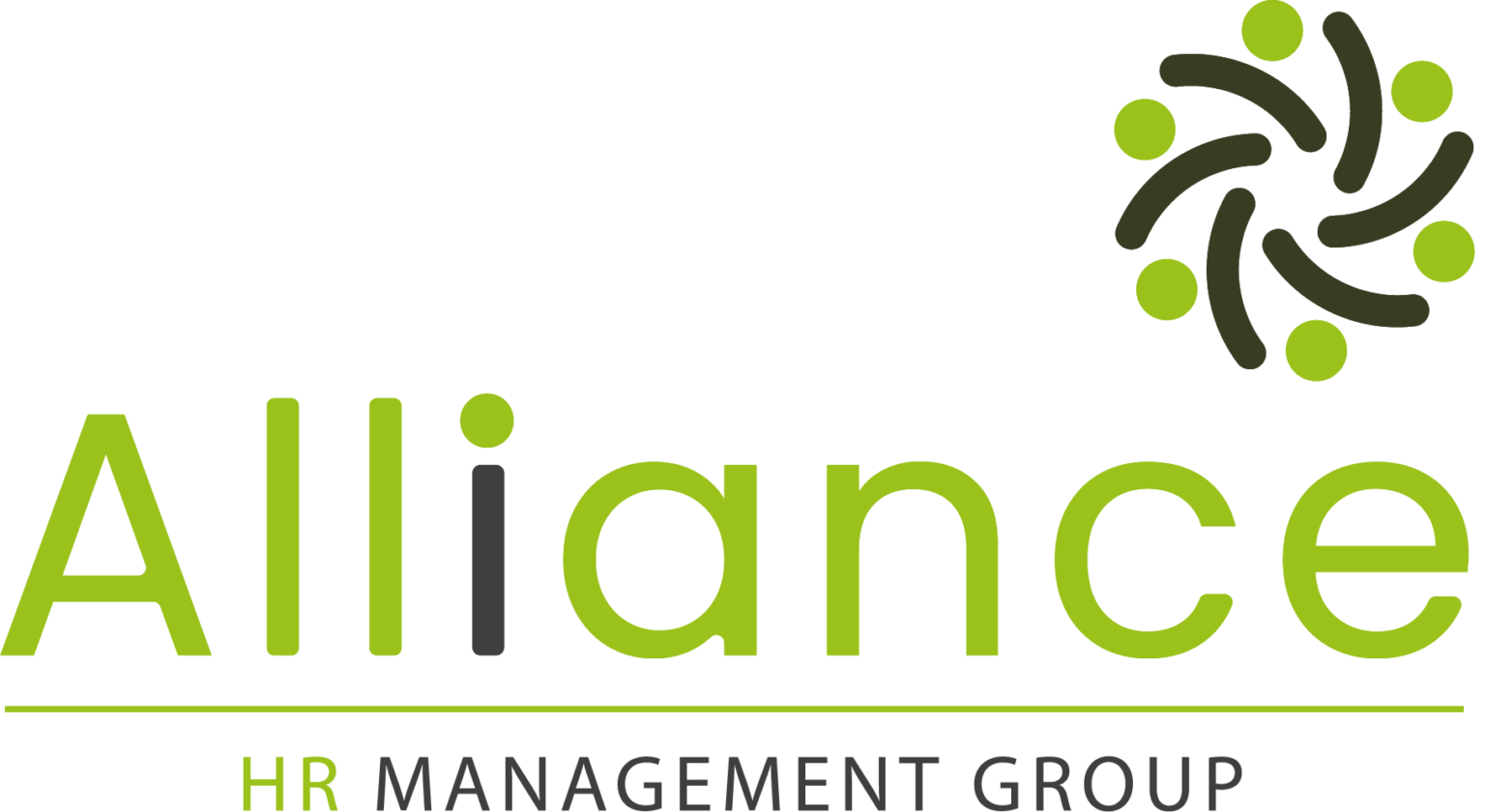
DEVELOPING EMPLOYEES MAXIMIZING RETURN ON INVESTMENT (ROI)

Author
Oscar Garcia CEO @Alliance HRMG →
| CHRO | Board Director | M&As | Strategic Planning | Executive Compensation | Organizational Development
When drafting training and development plans, business owners and company leaders frequently express their desire to support employee training and development. However, when it comes time to take action, other priorities often get in the way.
3 Key Reasons Employee Training Get Stalled
Honest conversations with some of these business owners and leaders have allowed me to conclude that organizations with limited support for training and development share some common factors:
- Managers fear they will become easily replaceable.
- Leaders don’t see a direct correlation between development actions and increased performance in employees’ daily responsibilities.
- Concerns about making employees more competitive in the market, increasing the risk of them leaving.
The Importance of Investing in Training
Although these concerns are valid, my experience has shown that investing in employee training and development is essential for an organization’s long-term success. An untrained workforce leads to low performance, costly operational mistakes, low morale, and poor company image. As a business leader, you have two options: train and develop your employees, or accept the severe consequences of keeping an untrained workforce.
Key Statistics on the Importance of Training Employees
- Increased Productivity
Companies that invest in training programs see a 37% increase in productivity compared to those that don’t.- Source: Association for Talent Development (ATD) – Training Impact Research Report (2020).
- Employee Retention
94% of employees say they would stay longer at a company if it invested in their training and development.- Source: LinkedIn Learning Report (2022).
- Reduced Turnover
Companies with effective training and development programs experience 50% lower employee turnover than those that don’t.- Source: The Work Institute (2021 Retention Report).
- Training ROI
A report from the American Society for Training and Development (ASTD) shows that companies that invest $1,500 per employee in training see a 218% return in productivity and performance.- Source: ASTD (American Society for Training and Development).
Key Considerations When Training Your Employees
1. Instead of avoiding the cost of training, make smart investments
It is crucial to make responsible decisions in managing company resources and take a targeted approach to maximize the return on investment (ROI) in employee development. This involves identifying employees who should be part of the program based on their performance and potential, aligning development activities with their current and future roles within the company strategy.
It is equally important to measure the impact of training. Establish clear metrics to evaluate ROI, such as increases in productivity, reductions in operational errors, and improvements in job satisfaction, allowing long-term adjustments and improvements to the training programs.
2. What if I train them and they leave?
I respond to this common concern with the well-known counter-question: «What if you don’t train them, and they stay?» Yes, we may train employees, and they might leave. High-potential employees will leave if they don’t see a clear path to fulfill their development and career aspirations within the company. Instead of worrying about the risk of employees leaving after being trained, we should focus on building a high-performance culture where top employees feel recognized, rewarded, and can take their careers to new heights. Only then can we create a culture that attracts and retains the best talent.
Additionally, it’s essential to focus not only on technical skills but also on soft skills development. Effective communication, decision-making, time management, and emotional intelligence are competencies that significantly contribute to a solid organizational culture and more well-rounded employees. Developing these skills not only improves individual performance but also enhances employees’ ability to collaborate and lead within the company.
3. Eliminate the biggest roadblock: Manager sabotage
Fear of the unknown is a natural human reaction. As such, we can expect some managers to express support for employee development but later sabotage those efforts, either intentionally or unintentionally, out of fear of being replaced. We must change paradigms and behaviors by setting expectations through communication, archetypes, policies, processes, and reward systems. We need to create a new corporate belief: leaders must develop other leaders. Employee training and development should be seen as part of a leader’s role, not only because it makes sense for the company, but also because it allows them to rely more on their teams to carry out processes and projects, freeing leaders to focus on higher-value activities (and even growth and promotion opportunities for themselves).
4. Training is not just for a few at the top. Costly mistakes happen at every level of the organization
Lastly, we must avoid believing that concentrating training efforts only at the top will yield the most benefits. Yes, I’ve seen untrained managers make poor strategic decisions, but I’ve also seen untrained workers in entry-level positions cost a company significant amounts of money due to operational mistakes. A well-designed training plan should reach all levels of the hierarchy.
Additionally, in highly regulated industries like agriculture, training should include updates on regulatory changes. Compliance with labor and safety regulations not only avoids legal penalties but also ensures employees work in a safe environment. Training programs must adapt quickly as regulations change to keep employees (and employers) informed and safe.
Conclusion
Investing in employee training and development is a strategic initiative for your organization’s sustained success. While concerns about cost or trained employees leaving are valid, the greater risk lies in not providing training and allowing unskilled employees to stay. Training enhances employee skills, boosts productivity, and increases job satisfaction, resulting in lower turnover and a more dynamic, innovative workplace. By fostering a culture of continuous learning, organizations create an environment where both the business and its employees can thrive.
